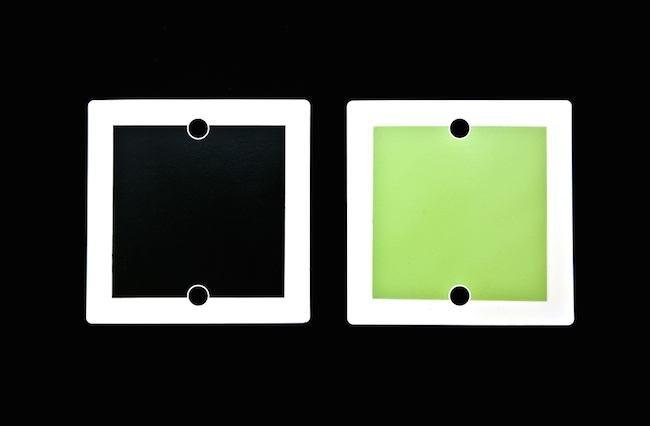
Back in 2013, Ikea U.S. president, Mike Ward, dropped a hint about the role of fuel cells in the company's sustainability plans, and it looks like the fuel cell chickens have come home to roost. The company announced plans to install a fuel cell system at its Emeryville, California, store earlier this spring, and now the 300-kilowatt system is up and running. In combination with an existing solar array, the new fuel cell system will enable the store to generate the majority of its energy needs on-site.
Fuel cells: Clean or not clean?
Unlike diesel generators and other combustion-type systems, fuel cells typically generate electricity through a chemical reaction that occurs when hydrogen gas is mixed with oxygen. Aside from electricity, the only other byproduct is water.
That sounds clean enough, but fuel cells typically depend on hydrogen sourced from fossil natural gas. When natural gas fracking, air and water issues, and other natural gas supply chain issues are taken into account, fuel cells are not necessarily clean.
However, the Ikea announcement offers some insight into a sustainable future for fuel cells. Instead of using hydrogen from fossil natural gas, Ikea's fuel cells will run on biogas.
Bloom Energy and biogas
Ikea chose the company Bloom Energy to provide its "Bloom Energy Server" fuel cell system, and that name should ring some bells.
Back in 2008, before Telsa Motors's Elon Musk perfected the art of publicizing clean technology (the company's Powerwall battery being the latest example), Bloom Energy took the world by storm with a public relations blitz for its new Bloom Box fuel cell.
The Bloom fuel cell does produce some carbon dioxide during operation, but the company provides its customers with a choice of natural gas or biogas as a fuel. According to Bloom, the use of biogas provides it with carbon-neutral status.
There were some early doubters, but Bloom Energy boasted a NASA-rooted pedigree for its proprietary solid oxide fuel cell technology that does not require hydrogen gas to operate. In just a few years the company has acquired a laundry list of high-profile customers, including Ikea and other companies that are on the leading edge of renewable energy.
Walmart and eBay, for example, are early Bloom adopters, though not all of their Bloom-equipped locations use biogas.
Fuel cells and electric vehicles
The burgeoning fuel cell market includes both stationary systems for buildings and other facilities, and mobile uses including passenger electric vehicles as well as forklifts, buses and other specialty uses. As these user groups grow, there is an urgent need to resolve the natural gas issue.
While Bloom's use of biogas helps to resolve the problem for stationary fuel cells, the mobility sector is in need of an assist. Solid oxide technology is still not considered a viable choice for electric vehicles, which currently rely on hydrogen sourced from natural gas.
However, there has been some promising progress on the sustainable hydrogen front. Using wind or solar energy to split hydrogen from water is one solution, though it could run into water resource issues in some regions.
Hydrogen can also be sourced from renewable biogas, and Bloom is already looking in that direction. Here's a hint about sustainable hydrogen from the company's website:
" ... Coupled with intermittent renewable resources like solar or wind, Bloom’s future systems will produce and store hydrogen to enable a 24-hour renewable solution and provide a distributed hydrogen fueling infrastructure for hydrogen powered vehicles."
Improving fuel cells and the fuel cell supply chain are also focus areas in the Energy Department's Clean Energy Manufacturing Initiative, which is aimed at carving out a place for U.S. manufacturers in the global clean-energy products marketplace.
In the meantime, as we've noted previously, businesses looking to buff up their green cred with an on-site fuel cell are best advised to shop around for a supplier that, like Bloom, can offer a more sustainable alternative to natural gas.
Photo credit: Bloom Energy fuel cell, courtesy of Bloom Energy.

Tina writes frequently for TriplePundit and other websites, with a focus on military, government and corporate sustainability, clean tech research and emerging energy technologies. She is a former Deputy Director of Public Affairs of the New York City Department of Environmental Protection, and author of books and articles on recycling and other conservation themes.














